Results show a cost-effective technique to evaluate shrimp breeding programs
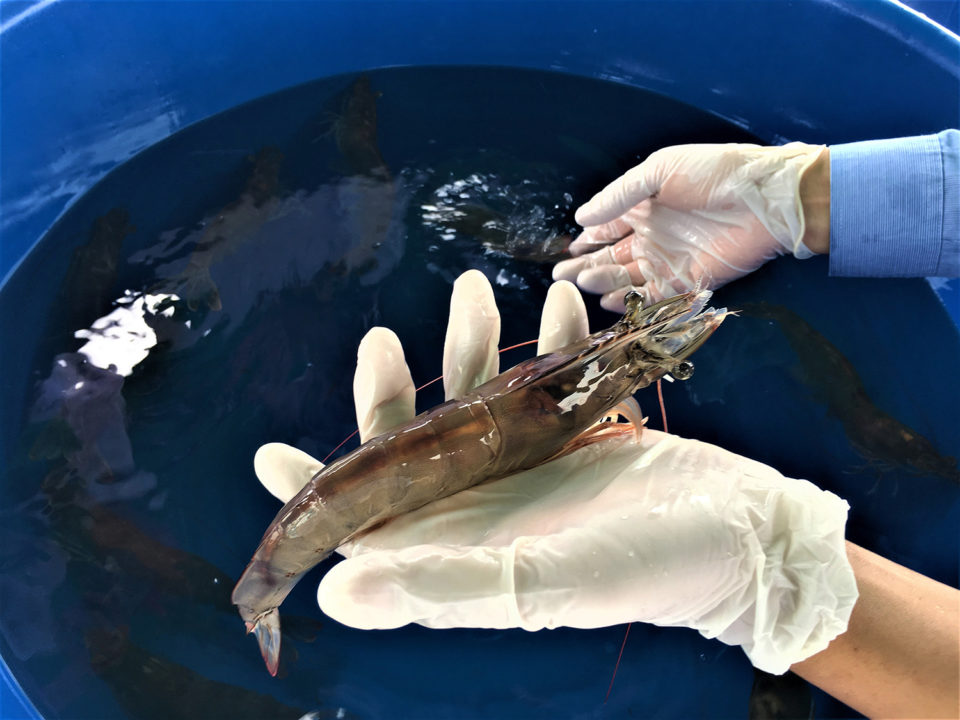
The Pacific white shrimp (Litopenaeus vannamei) is the most important farmed shrimp worldwide, accounting for more than 80 percent of total cultured penaeid shrimp production. The development of selective breeding programs for penaeid shrimp over the last several years has significantly enhanced the supply and quality of improved shrimp lines, but the complexity and large size of the L. vannamei genome [complete genetic material of an organism] increases the difficulty of its DNA sequencing [process of determining the complete DNA sequence of an organism’s genome at a single time] with traditional methods.
The conventional selection breeding system of aquatic animals is family-based, in that it utilizes multiple traits (“multitrait”) selection based on communal rearing of physically tagged families and pedigree records. Thousands of individuals per generation would be tagged to carry out multitrait and multienvironment testing at the same time. However, the process is costly and laborious. And more importantly, families need to be reared separately until individual tagging is done, which not only occupies significant space and affects the growth rate of shrimp but also leads to common environmental effects in genetic evaluation, and also affects the accuracy of estimates for breeding value [the value of an animal in a breeding program for a particular trait].
The 2b-RAD is a genotyping method to determining differences in the genetic make-up (genotype) of an organism by examining the individual’s DNA sequence using biological assays and comparing it to another individual’s sequence or a reference sequence. The simplicity of the 2b-RAD protocol makes it particularly suitable for high-throughput genotyping as required for genetic mapping and profiling genetic variation in natural populations.
https://www.aquaculturealliance.org/advocate/estimating-heritability-of-ammonia-tolerance-in-pacific-white-shrimp/
Several recent studies have illustrated the potential of pool- versus individual-based experimental designs for identifying and quantifying genetic markers and have demonstrated in several species that pooled DNA sequencing could generate satisfactory accuracy and repeatability at a quite lower cost than that of individual sequencing.
This article – adapted and summarized from the original publication – reports on a study to apply 2b-RAD sequencing to compare four different, small, pooled libraries of up to 53 individual L. vannamei shrimp, with separate sequencing of each animal, to assess 1) the effect of population structure (different numbers of individuals and families) on pooled DNA sequencing; 2) the accuracy of parent sequencing of the DNA pools; and 3) the effect of SNP numbers on pooled DNA sequencing.
Study setup
Animals used in this study were from the fourth generation of a breeding population of L. vannamei shrimp that was cultured in Xinhai Aquatic Biological Technology Co., Ltd. (Hebei Province, China). Fifty-three individuals were randomly selected from 10 families for DNA pool construction. Two of the 10 families were paternal half-sib [half-brothers or half-sisters] families, and there were a total of 19 parents of the 10 families, including nine males and 10 females. Muscle tissues of the 72 samples (53 individuals and 19 parents) were dissected and processed for various analyzes leading to their eventual genotyping.
For detailed information on the experimental design; DNA isolation and DNA pooling strategy; DNA isolation, library construction and sequencing; genotyping and quality control; data analyses and verification of pool sequencing repeatability, refer to the original publication.
Results and discussion
In our study, we used the 2b-RAD sequencing method to assess the accuracy of allele (gene) frequency estimates [relative frequency of a variant of a gene at a particular location on a chromosome in a population] obtained from four different pooled-DNA shrimp samples. Allele frequencies estimated from the pool were highly correlated with the “true” allele frequencies obtained from the individual samples, which showed that using the 2b-RAD method for pooled-DNA sequencing produces highly accuracy results.
Various studies have reported that the number of individuals and families in the pool has a direct impact on the accuracy of allele frequency estimation, and our results support this. These studies reported that with increased individual and family numbers in the pool, the accuracy of allele frequency – also known as gene frequency estimation – increased. And that when the number of individuals or families was small, the accuracy was reduced, but still quite high. In our study, a mixed pool of 15 individuals also reached high concordance between allele frequency estimates derived from individual genotyping and DNA pools. Therefore, pooled DNA sequencing can achieve high accuracy, and the accuracy would increase with the number of individuals and families.
In our research, we used a total of 28,882 of the genetic markers called single-nucleotide polymorphisms, or SNPs [a genetic marker; a substitution of a single nucleotide (the basic building block of nucleic acids, RNA and DNA, where genetic information is stored) at a specific position in the genome, that is present in a sufficiently large fraction of the population]. We found that using different numbers of SNPs (varying from 500 to 28,800) did not have a significant impact on the accuracy of our pooled-DNA sequences. No positive correlation was found between the SNP number and the accuracy of pooled-DNA sequences. Therefore, fewer SNPs can also achieve good results but optimally chosen markers may increase performance.
At the end of our study, we tested the reproducibility of pooled DNA genotyping by 2b-RAD. Three repetitions were carried out on two pools composed of 30 individuals. The results of different repetitions were very consistent, which showed the reliability of pooled DNA genotyping by 2b-RAD was very high, at least when the individual number in the pool was relatively small.
Pooled DNA genotyping can be used to estimate the proportional contributions from multiple families in a pooled breeding population – which is quite attractive to aquaculture selective breeding programs of commercially important farmed species like shrimp – where the value of a single individual is relatively low while family numbers are very large. However, there are still many factors that need to be addressed in the application of pool-DNA sequencing, such as sequencing method, pool sizes and others.
Perspectives
Results of our study showed that pooled DNA genotyping using the 2b-RAD sequencing method achieved high accuracy in Pacific white shrimp, and that the accuracy increased with the number of individuals and families in the pool tested.
The allele frequencies of the parents from each pool were highly correlated with those of the pools or the corresponding individuals in the pool. The SNP number (500 to 28,800 SNPs) from the study had no significant effect on the estimation of allele frequency in pooled DNA.
Overall, our data and results indicate that pooled-DNA genotyping could be a cost-effective technique to help evaluate the performance of shrimp breeding programs.
Now that you've reached the end of the article ...
… please consider supporting GSA’s mission to advance responsible seafood practices through education, advocacy and third-party assurances. The Advocate aims to document the evolution of responsible seafood practices and share the expansive knowledge of our vast network of contributors.
By becoming a Global Seafood Alliance member, you’re ensuring that all of the pre-competitive work we do through member benefits, resources and events can continue. Individual membership costs just $50 a year.
Not a GSA member? Join us.
Author
-
Juan Sui, Ph.D.
Corresponding author
Key Laboratory for Sustainable Utilization of Marine Fisheries Resources, Ministry of Agriculture, Yellow Sea Fisheries Research Institute, Chinese Academy of Fishery Sciences, Qingdao, China, Laboratory for Marine Fisheries Science and Food Production Processes, Qingdao National Laboratory for Marine Science and Technology, Qingdao, China
Editor’s note: This article has eight co-authors, acknowledged in the article tags below and in the original publication.
Tagged With
Related Posts
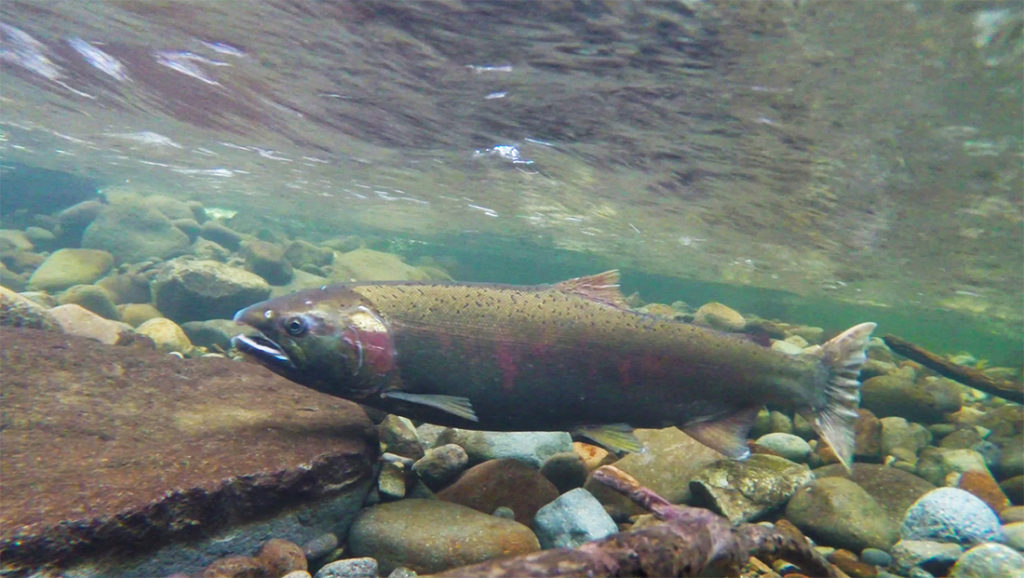
Health & Welfare
Genome editing potential to improve aquaculture breeding, production, Part 2
Genome editing can contribute to sustainable aquaculture production in terms of disease resistance and sterility to prevent interbreeding with wild stocks.
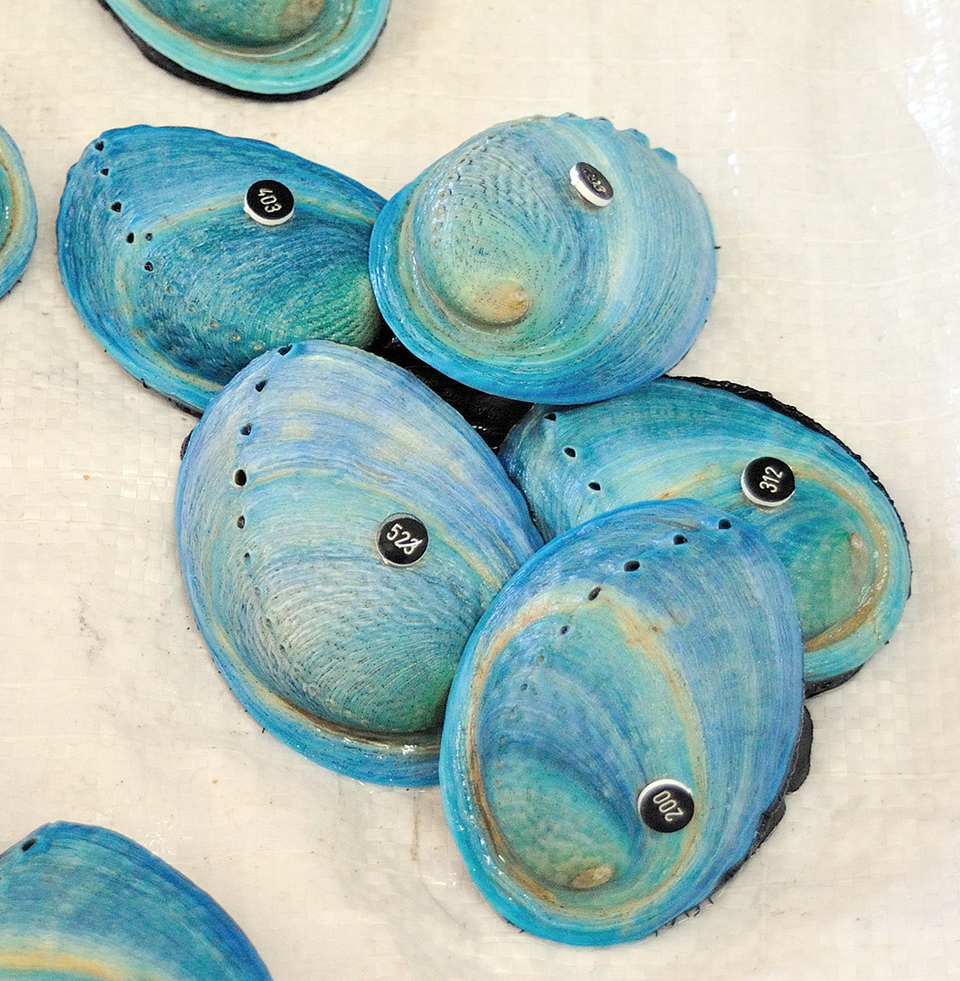
Health & Welfare
New Zealand breeding expansion addresses high-value species
New Zealand’s National Institute of Water & Atmospheric Research has established broodstock research for several emerging species to provide genetically diverse, domesticated stocks for aquaculture industry expansion.
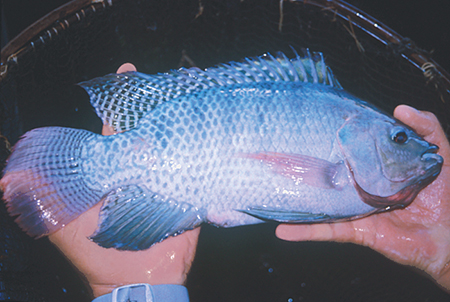
Health & Welfare
Genetic screening in Nile tilapia
Both microsatellite and AFLP marker analyses can provide adequate screening of genetic diversity in tilapia stocks at a low cost.
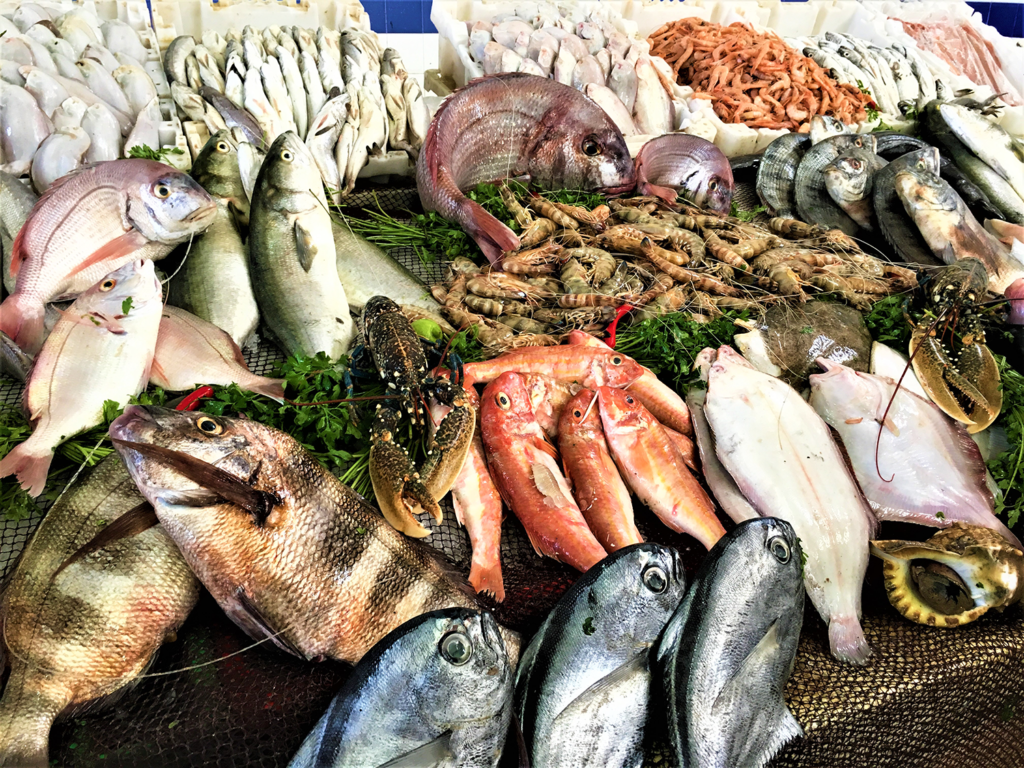
Intelligence
Animal tubulin-based polymorphism for genetic profiling of fish species
This study evaluates the new molecular tool animal tubulin-based polymorphism (aTBP) for the genetic characterization of different species of fish.


